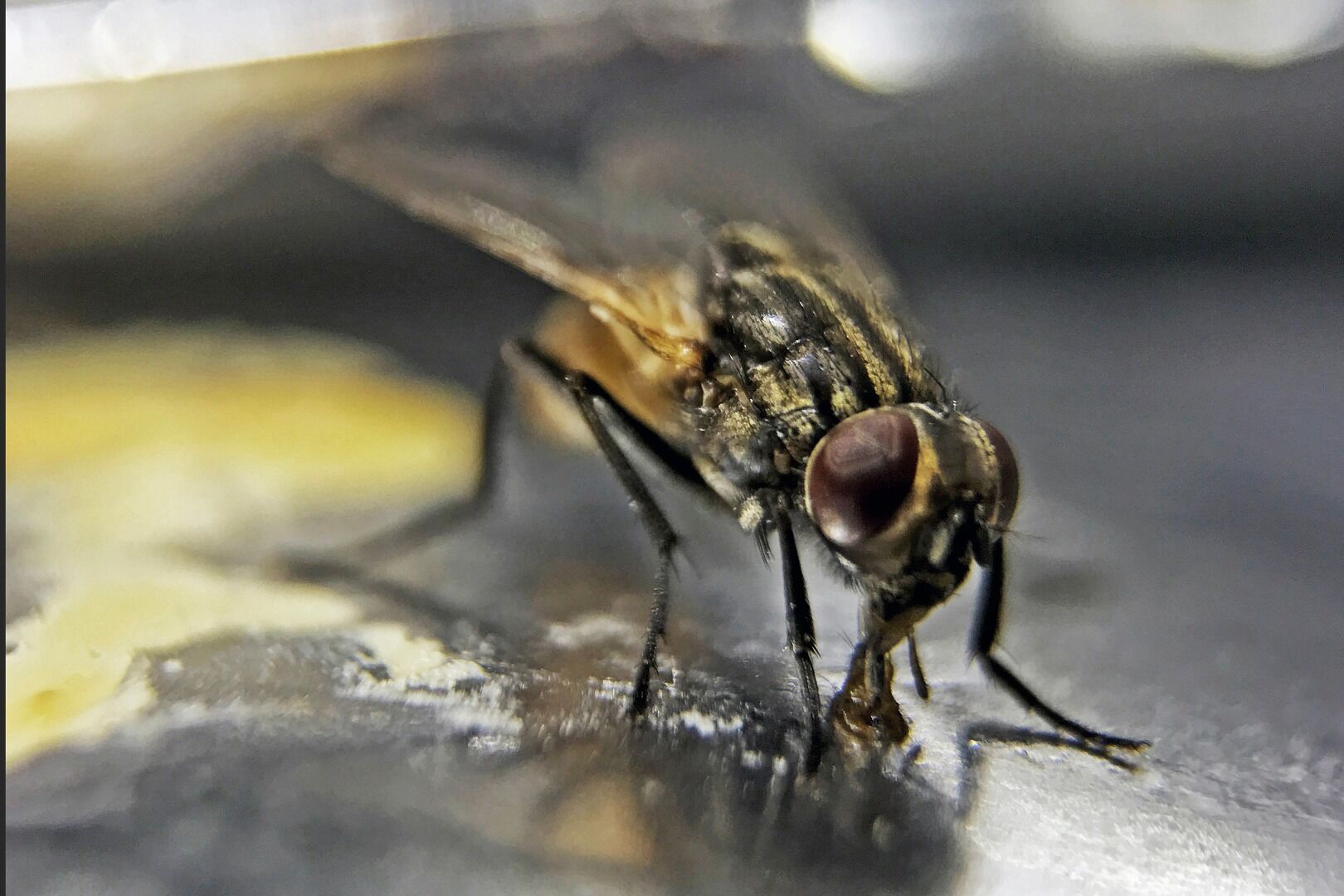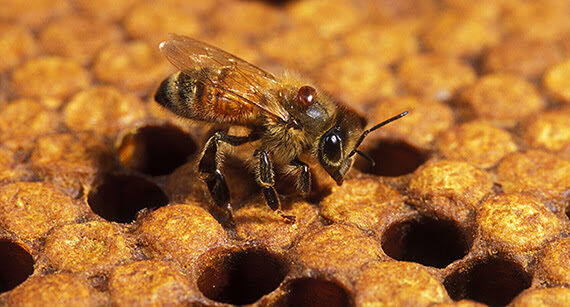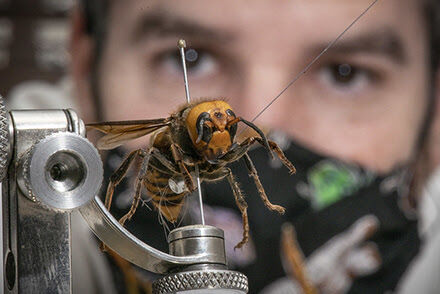By early 2020, a new virus called SARS-CoV-2, the cause of Covid-19 disease, was rapidly spreading across the planet. Everyone wanted and needed information on what it was, what it did, and how it was transmitted.
Since then, the worldwide scientific community has amassed a great deal of information about the virus, and the Agricultural Research Service is contributing to that knowledge base.
Scientists continue to research whether the virus was initially transmitted to humans from an animal. Researchers in the ARS Arthropod-Borne Animal Diseases Research Unit in Manhattan, Kansas, in collaboration with Kansas State University, are investigating whether insects are involved in any way in the transmission of this virus. The team recently published two papers outlining their studies and findings.
In March 2021, the first study was published online in the Journal of Medical Entomology. It focused on biting insects, specifically midges and two species of mosquitoes, because of their known ability to pick up and transmit disease-causing viruses to humans and animals. The insects were allowed to feed on SARS-CoV-2-spiked blood, representing a natural route of infection, and were later tested at various times for the presence of viral RNA and infectious virus. Several insect cell lines were also tested to see if the virus could reproduce in them.
The team found that virus replication was not supported in any insects or cell lines tested.
“We conclude that these biting insects do not pose a risk for transmission of SARS-CoV-2 to humans or other animals following a SARS-CoV-2 infected blood meal,” said ARS research molecular biologist and study author Dana Mitzel.
The second study, published in the journal Parasites and Vectors in April 2021, focused on house flies because of their association with mechanically transmitting bacterial, parasitic, and viral agents to humans and animals. The team wanted to see whether house flies could acquire and transmit SARS-CoV-2 to their surroundings.
The house flies were exposed to SARS-CoV-2-spiked culture media or virus-spiked milk. (The team used reconstituted powdered milk as a substrate since it also is used as a food source for rearing the flies, and they knew the insects would readily feed upon it.) The flies were tested for virus at 4 and 24 hours after exposure. All flies exposed to virus tested positive for viral RNA, but infectious virus was only present in the flies exposed to the virus-spiked milk.
In the next experiment to check for transmission, flies were again exposed to virus-spiked milk and tested positive for virus 24 hours later. However, the flies were only able to mechanically transmit viral RNA, not infectious virus, to uninoculated (clean) milk and test surfaces. Therefore, while some flies seemed to be able to carry infectious virus, they were not able to transmit the virus, only the virus’s RNA, which is not infectious.
“We want to emphasize that this research was done under carefully controlled laboratory conditions using high amounts of virus—much more than what flies might encounter naturally. More research is needed to see if house flies can transmit infectious SARS-CoV-2 in a natural setting and if so, what the implications are for public health,” said ARS entomologist Dana Nayduch, ABADRU research leader and corresponding author on the study. “On a positive note, since we were able to detect both virus and viral RNA in flies, we potentially can use flies to monitor and detect virus in the environment. In this type of surveillance strategy, the house fly does all the work by visiting animals, including humans, and their waste. Then in the laboratory we can screen flies for evidence of the virus and know if it’s out there in places the flies visited.”



